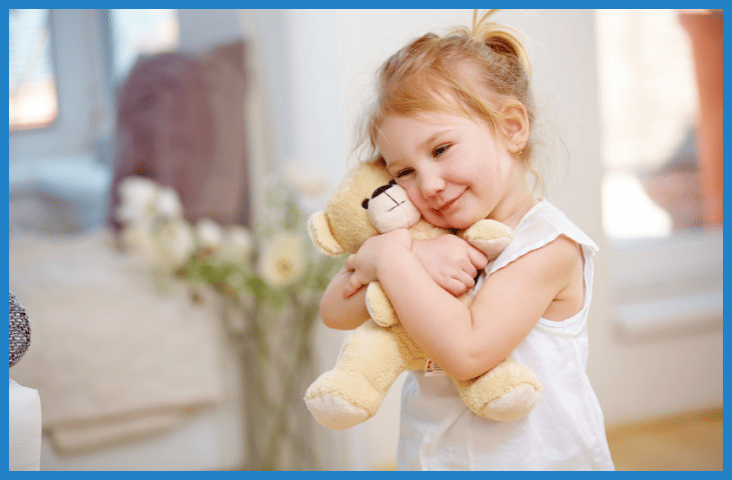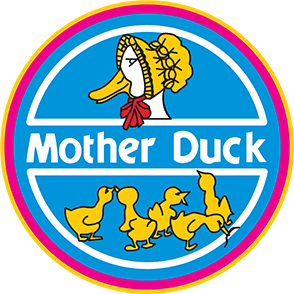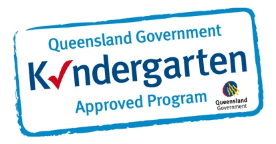
Toys from home – what is their place at Mother Duck?
We all know that toys can provide children with hours of fun and developmental stimulation. It makes sense then that your child may want to bring a toy from home to show their educator and friends at kindy. A lovely gesture by your child and a simple way to get your child to attend, however at Mother Duck we believe this is neither a safe nor fair practice.
Before explaining ‘the why’ let’s clarify the difference between a ‘toy’ and ‘comfort toy’ –
- A toy is defined as something a child plays with. Most toys serve some purpose, for example to entertain, educate, develop skills or provide exercise.
- A comfort toy as the name suggests, is an object that provides comfort to infants and children to help them feel calm and secure. Although different children find comfort in different objects, comfort toys are usually soft, cuddly, and nice to touch. They’re usually snuggled at bedtime but can soothe young children through the day as well. Paediatrician and psychoanalyst, Donald Winnicott, says that comfort objects are a reminder of love and security. Stuffed animals, soft toys, teddy bears, dolls, dummies and security blankets are all considered examples of comfort objects
- From 8 to 12 months of age around 50% of children develop an attachment to some sort of comfort toy or object
- Research indicates that stuffed animals and blankets often provide children with comfort, safety and independence
- Comfort toys can assist children to regulate all kinds of emotions and are also a way for children to practice being social when there are no grown-ups around –
Therefore, comfort toys play an important part in supporting children’s ability to feel safe and secure, and are always welcome once risk assessed for safety.
At each of our Mother Duck services, every learning tool, piece of educational equipment and loose part resource is carefully researched, selected and risk assessed to ensure its safety and suitability to the age and capability of the children accessing the equipment and environment. Look around next time you drop your child off, speak with your child’s educators and ask about the Mother Duck pedagogy and learning languages that guide the sensitive curating of each environment, you will discover that at Mother Duck your child has access to a huge assortment of safe, engaging and open-ended learning resources and equipment.
We do not need toys from home to encourage and inspire children’s life skill learning, however, each day educators are faced with children bringing toys, electronics and other items from home to the service. Most often toys and resources from home cause conflict between peers that children are often unable to cope with or resolve amicably. Children regularly have difficulty sharing a special toy BUT they have an equally difficult time choosing to put it away instead. The other children may feel upset or anxious when someone else has a special toy and they don’t. Bringing toys into the service can also cause unhealthy competition amongst the children, eg “My truck is cooler than yours” and can, moreover, be used as a power/control source, eg “You can’t play with my Barbie, you’re not my friend”, or “If you don’t let me have it, you can’t come to my birthday party”.
Additionally, toys from home have not been risk assessed and could possibly contain small pieces that cause choking, electronics with live wires, sharp edges, finger entrapment areas or even accessible batteries that can cause serious harm or even death if swallowed. This is why if a child brings a toy from home other than a toy that has been discussed and allowed to be brought for a purpose, educators will request that the family/caregivers take it with them. If this is not possible the child will be asked to put the toy away in their bag. If the child is unable to leave the toy in their bag, then an educator will temporarily confiscate the toy and place it in a cupboard for safekeeping.
Please be aware however that most often our services do not have additional storage space to hold toys from home for long so the best practice is – to leave the toys at home or at least in the car.
Some risk assessments worth considering when choosing your child’s next toy for home –
- Sharp edges: Toys made of brittle plastic or glass can break easily, exposing sharp points and edges. Wooden, metal, and plastic toys sometimes have sharp edges due to poor construction.
- Small parts: Tiny toys and toys with small, removable parts can be swallowed or become lodged in a child’s windpipe, ears, or nostrils. The squeakers in some squeeze toys can be removed and possibly swallowed. The seams of poorly constructed stuffed dolls or animals can break open and release small pellets that also can be swallowed or inhaled.
- Loud noises: Some noise-making toys can reach noise levels that can damage hearing.
- Sharp points: Broken toys can expose dangerous prongs and knife-sharp points. Pins and staples on dolls’ clothes, hair, and accessories can easily puncture the skin of an unsuspecting child. Even a teddy bear or stuffed toy can be assembled with wires that can cut or stab.
- Propelled objects: Projectiles – guided missiles and other flying toys – can be turned into weapons and cause injury, to the eyes in particular. Children should never be permitted to play with adult lawn darts or other hobby or sporting equipment with sharp points. Arrows or darts used by children should have soft cork tips, rubber suction cups, or other protective tips to prevent injury.
- Electric toys: Electric toys that are improperly constructed, wired, or used can shock or burn. Electric toys must meet mandatory requirements for maximum surface temperatures, electrical construction, and prominent warning labels. Electric toys with heating elements are recommended only for children over age 8. Children should be taught to use electric toys cautiously and under adult supervision.
- Wrong toy for the wrong age: Toys that may be safe for older children can be extremely dangerous in the hands of little ones.
Take extra care when risk-assessing toys for infants and toddlers (WE DO)-
Choose toys for very young children with extra care. Playthings that are safe for older children can be hazardous to little ones. Keep in mind that toddlers trip and fall easily, and that, with infants, everything goes into the mouth.
- When choosing a toy for a toddler or infant, make sure it:
- Is too large to be swallowed.
- Does not have detachable pieces that can lodge in the windpipe, ears, or nostrils.
- Will not break easily, leaving jagged edges.
- Has no sharp edges or points.
- Has not been put together with easily exposed pins, wires, staples, or nails.
- Is labelled “non-toxic.”
- Can’t pinch fingers or catch hair
- Read the labels. Look for safety information such as “Not recommended for children under 3 years of age,” or “non-toxic” on toys likely to end up in little mouths, or “washable/hygienic materials” on stuffed toys and dolls.
At Mother Duck, we place your child’s safety as our highest priority and request that children do NOT bring toys from home into our services, and to avoid unnecessary tears, bringing toys from home is discouraged due to the possibility of loss or breakage. While every care is taken with children’s belongings the service will not accept responsibility for any loss or breakage, and educators at the service cannot be responsible for lost toys from home.





